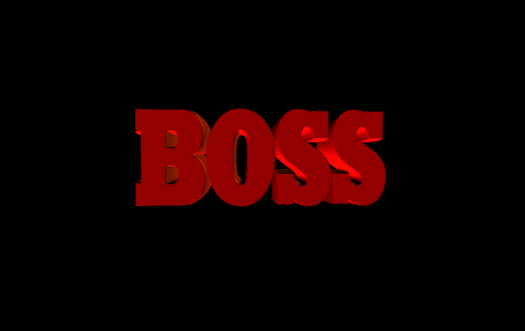 Poor leadership communication is usually a root cause of a struggling business. Without this critical element, you’ll likely see decreased efficiency and limited progress. Boosting teamwork will never be more than a talked about goal.
Poor leadership communication is usually a root cause of a struggling business. Without this critical element, you’ll likely see decreased efficiency and limited progress. Boosting teamwork will never be more than a talked about goal.
Let’s explore four common communication challenges that business professionals face, which can result in poor communication and have a significant impact on productivity.
Vague Instructions
Do you share clear and concise instructions with employees? A big part of poor leadership communication sees information shared in vague ways. This opens the door to mistakes, misunderstandings, and confusion.
Ideally, you want people focused on executing your plans and not having to backtrack due to errors, wasted time spent on clarifications, and poor productivity.
Think of your work instructions like a well crafted sales letter. It deserves some editing and review.
Some may even read their instructions into their smartphone and then listen to them. Have you been precise with your words or is their room for confusion? Just because you know what’s going on doesn’t mean someone else will.
No Explanation for Change
Imagine if a leader announced, “Monday will now be know as Start of the Week Day,” and gave no further explanation. Would that lead to some confusion? And would people embrace the change?
The leader might say, “I told them what to do,” but missing was the reason why the change was happening.
Poor leadership communication often takes place when changes occur without adequate explanation or context. Without understanding why a change is needed, employees may resist or struggle to adapt. These things will lower productivity.
By providing a clear and comprehensive explanation for changes, organizations will create better understanding and collaboration. This buy-in helps you get around confusing communication barriers.
Clear work instructions are especially important for maintaining productivity during times of transition. The greater the change, the higher the demand for effective communication.
Lack of Follow-up
Another common symptom of poor leadership communication is a lack of follow-up. Without proper follow-up, tasks may be overlooked or delayed, leading to decreased productivity.
While things like reminders may seem unnecessary, they can keep everyone on track and prevent problems from growing. You can’t expect people to showcase perfection with something new. Make sure new tasks go smoothly with follow-up.
Changing Messages
Poor leadership communication often has no consistency. When messages, goals, or priorities frequently change, sometimes for no apparent reason, it can create confusion and limit productivity.
Employees may find themselves constantly readjusting their efforts, diverting valuable time and energy away from their most productive work. By striving for clear and consistent messaging, organizations can minimize poor communication and keep employees focused on the right things.
Confusion wastes valuable time.






